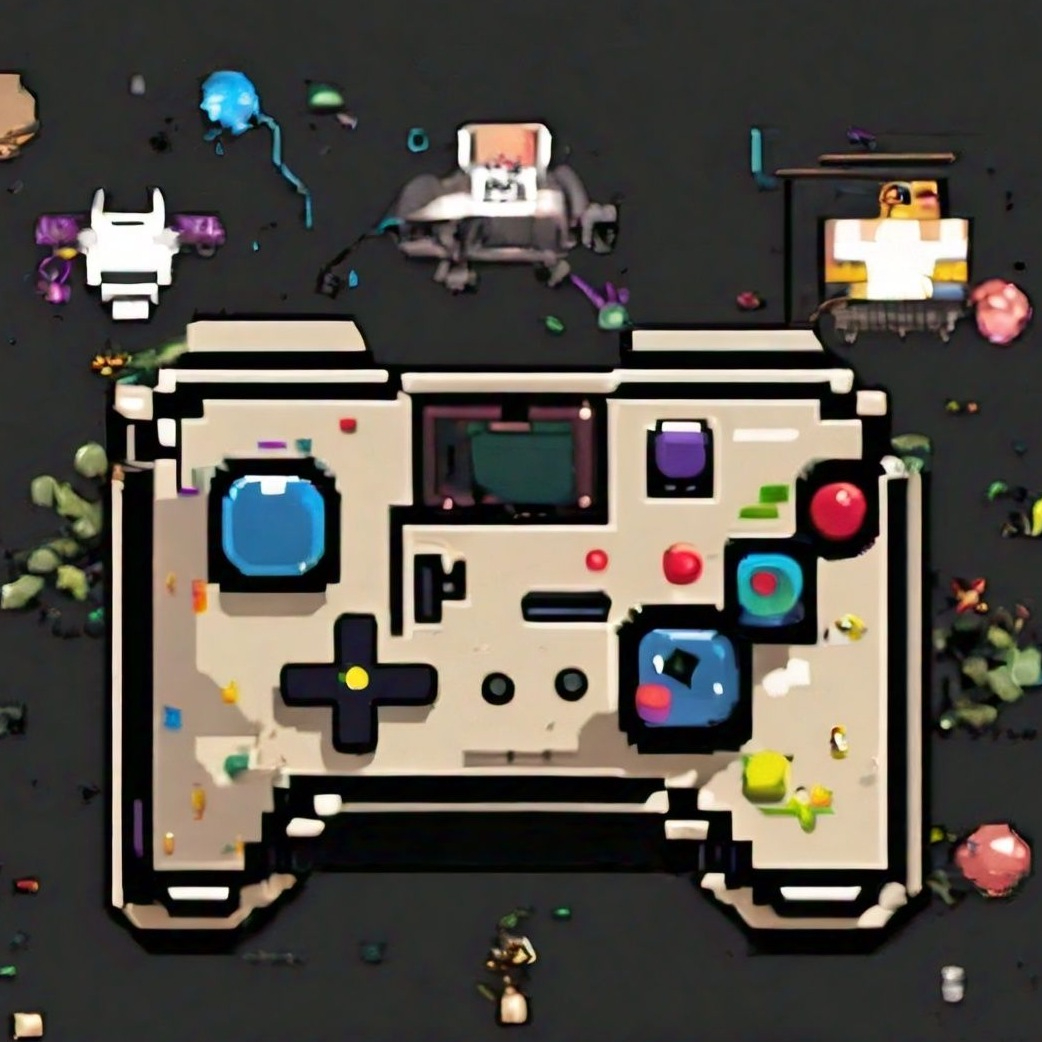169 reads
IntelliGame in Action: Gamifying JavaScript Unit Tests - Background and Related Work
by
April 3rd, 2024
Audio Presented by
 byGamifications FTW Publications@gamifications
byGamifications FTW Publications@gamificationsGamifications unlocks engagement secrets, merging playful design and tech to turn the ordinary into the extraordinary.
Story's Credibility

About Author
Gamifications unlocks engagement secrets, merging playful design and tech to turn the ordinary into the extraordinary.
Comments
TOPICS
Related Stories
Anatomy of a strong ICO
Feb 16, 2018
Anatomy of a strong ICO
Feb 16, 2018